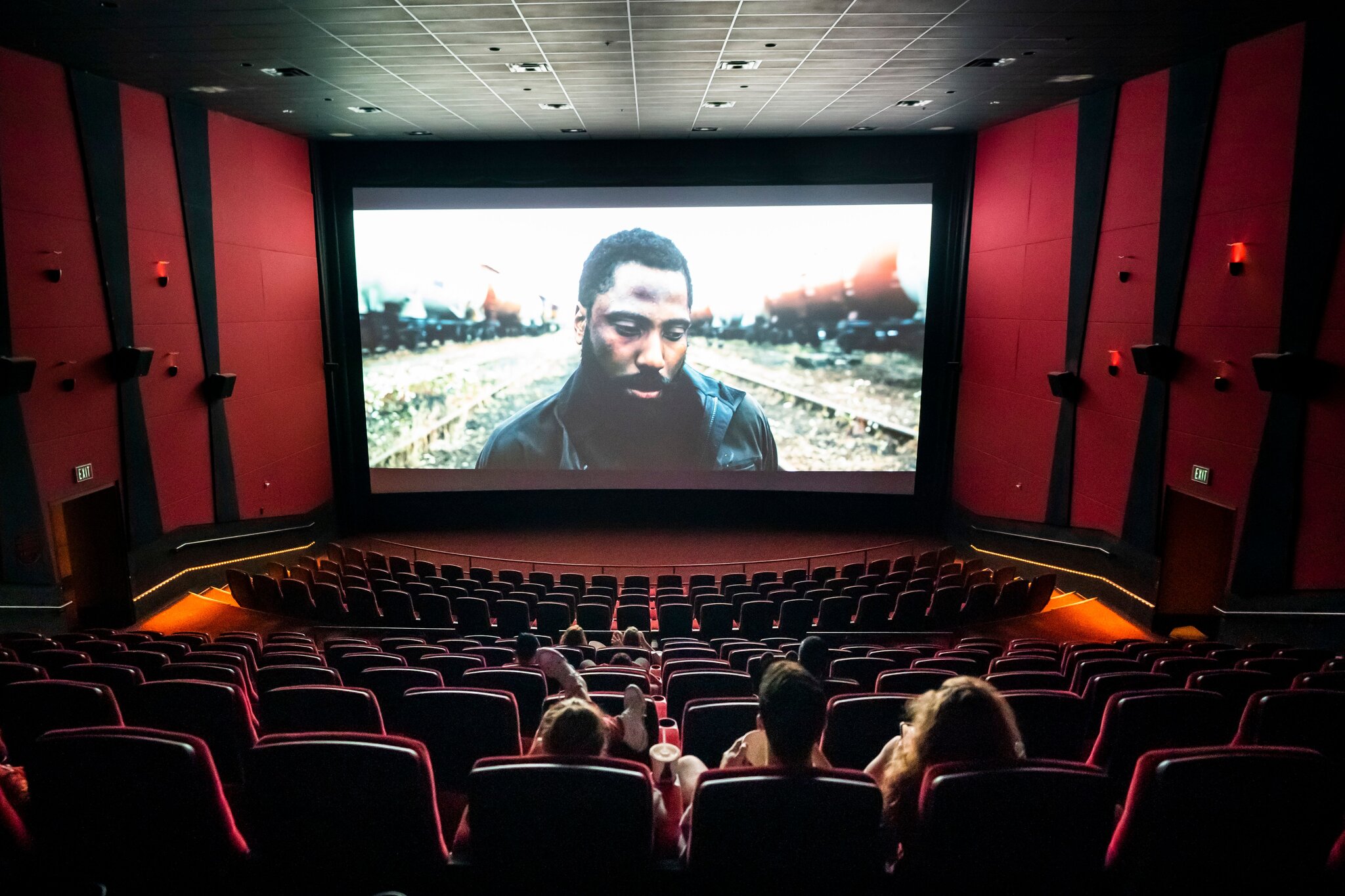Cinema isn’t moving pictures. These are dreams dreamed while awake. But how do you learn to understand the language of these dreams? The secret isn’t in knowing directors’ names. The secret is in learning to see what hides between frames.
Forget about the plot. Yes, this sounds bold! But real cinema begins where the story ends. Watch Kubrick’s “2001: A Space Odyssey”—half the film, nothing happens, and it’s brilliant. Or Tarkovsky’s “Stalker”: three hours of conversations about what we don’t see. Boredom can be art.
Imagine: a close-up of a hand on screen. The director holds it for ten seconds. The viewer thinks: “What nonsense?” And the director creates time. Time is the main character of any film. Hitchcock could make an entire drama from one glance.
Books are your cinema university. Reading Nabokov’s “Lolita,” you study the unreliable narrator. Cinema uses the same trick: the camera lies! In “The Usual Suspects,” the entire film is a lie told by a limping con man. Detective stories teach distrust of the obvious—in cinema, every frame can be deception.
Here’s the paradox: to understand auteur cinema by Bergman or Godard, it’s helpful to read… poetry! Yes, exactly poetry. These directors’ cinema is built not on logic, but on rhythm, metaphor, image. Bergman’s “Persona” is visual poetry about split personality.
Listen to silence. In Robert Bresson’s films, actors barely speak, but every sound is significant: door creak, steps on gravel, wind whisper. Sound in cinema is more important than words. Close your eyes for a minute during a film—and hear the second story.
Critics will object: “Why complicate? Cinema is entertainment!” But they miss the main point. Cinema isn’t just a story on screen, it’s dialogue between film and viewer. Everyone sees their own thing. Fellini said: “I don’t explain my films. The viewer must find meaning themselves.”
Read aloud—this is cinema vision training. When you change reading pace, create pauses, emphasize with intonation, you’re editing. Yes, exactly editing! Every pause in reading is a montage cut in cinema. “The Turnip” in your performance is a cinema language lesson for a little one.
Amazing discovery: children who are read to expressively better understand visual information. The brain learns to connect sound and image, rhythm and emotion. Cinema works on the same mechanisms—the viewer must “read” the image like text.
Don’t try to understand on first viewing. Lynch creates puzzle films: “Mulholland Drive” can be interpreted differently. This isn’t the director’s weakness—it’s strength. Cinema should live in the viewer’s head, grow, change over time.
Pay attention to color. In Kurosawa, every color is a symbol. Red—passion and death. Yellow—betrayal. In Kieslowski’s “Three Colors,” all meaning is in the palette. Color in cinema speaks the language of emotions.
Watch the lighting. Toland in “Citizen Kane” created a revolution—deep focus and contrasting light. A face half in shadow tells more about character duality than any dialogue. Light is psychology made visible.
Another secret: the best cinephiles grew up in reading families. Why? Books develop the ability to hold complex structures in mind. Tom Tykwer’s “Cloud Atlas” with six intertwined stories is understandable to those who’ve read multilayered novels.
Modern neuroscience showed: reading activates brain areas responsible for processing visual information. Reading a fairy tale to a child, you’re preparing them to understand cinema language. Every description in a book is a future frame in their imagination.
Don’t fear “boring” cinema. Slow cinema by Tsai Ming-liang or Béla Tarr requires different perception. This isn’t entertainment—it’s meditation. The viewer must readjust, slow down, enter the film’s rhythm.
Turn off your phone. Cinema demands complete immersion. This isn’t background for dinner—it’s a journey to another reality. A good film changes the viewer. A bad one leaves them unchanged.
Study frame composition. Golden ratio, rule of thirds—these aren’t abstractions. The director places objects consciously. Frame center—power. Edge—loneliness. Top—dominance. Bottom—submission.
The most important skill is the ability to see symbols. In cinema, everything is symbolic: rain—sadness, mirror—self-knowledge, stairs—ascent or fall. These symbols are universal because they live in our collective unconscious.
Books prepare for this best of all. Reading fairy tales, a child learns to understand archetypes: good hero, villain, magical helper. These same archetypes live in cinema. Read to children every day, read imaginatively, with pictures in your voice. Because every fairy tale is a script for a future film, every character an actor on the screen of childhood imagination. And who knows, perhaps it’s thanks to “Cinderella,” told in mother’s voice, that your child will someday see in cinema not just entertainment, but the art of storytelling—art that begins with the first book read and lives in the heart for life.



